
Activity Reports
Before Ringing in the New Year: “Kinkasan Support Project”
December 29, 2011

Kinkasan around 20 minutes by boat from Ayukawa on the Oshika Peninsula, Ishinomaki. Located in the Pacific Ocean, the entire island of Kinkasan is considered to be sacred areas of Koganeyama Shrine. Because it is said that if you visit this shrine for three consecutive years, you will never be in financial difficulties for the rest of your life, the shrine attracts many visitors from throughout Miyagi and other prefectures every year around the new year.
The road connected to the approach, however, was collapsed after the Great East Japan Earthquake and Tsunami and subsequent typhoons. The island’s only souvenir shop was inundated with dirt and sludge, as was the water tank that holds the water required for daily life. Thus, the island was not in the condition to host visitors. To once again enable people to visit the island comfortably, organizations belonging to the Ishinomaki Disaster Recovery Assistance Council (IDRAC) gathered and implemented the “Kinkasan Support Project” between December 19 and 23.
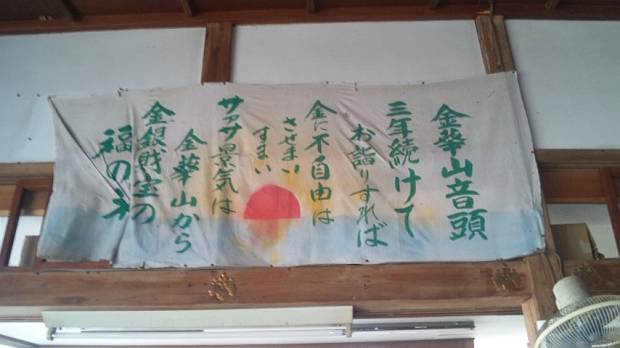
The 13 Organizations participating in this project were divided into two teams to work on different projects: a heavy machinery team repairing roads, and a human power team removing dirt from the souvenir shop and water tank. Peace Boat took part in the human power team.
This is a report on activity in Kinkasan.
【 Day 1 】
Got on the ship and left for Kinkasan.
Removing dirt from the water tank was the work for this day. To ensure the water for daily life, volunteers manually scooped out dirt.
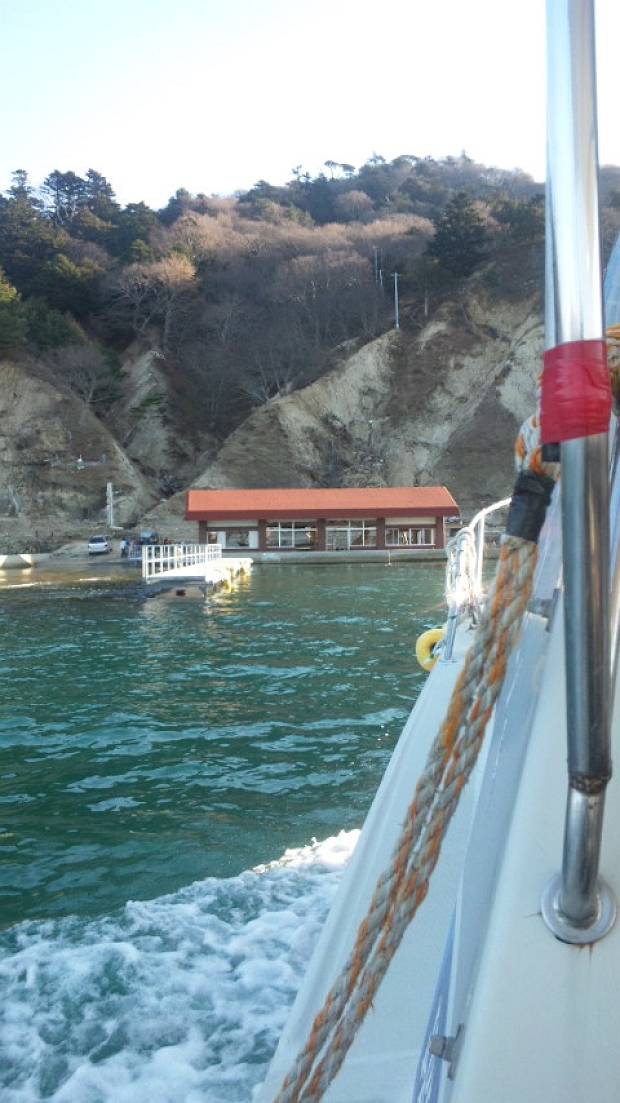
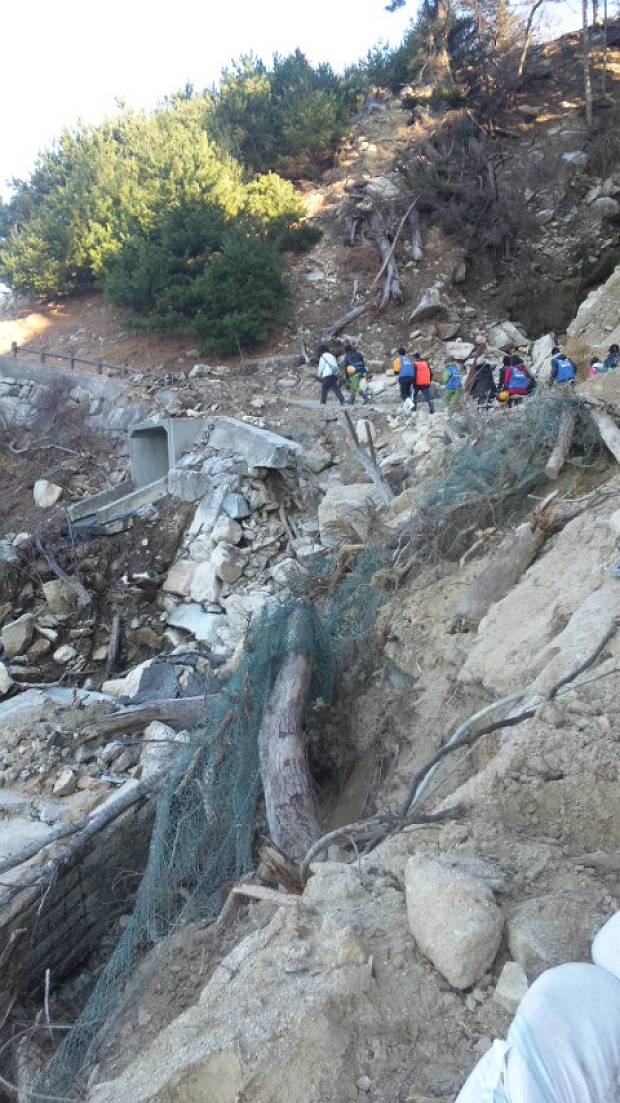
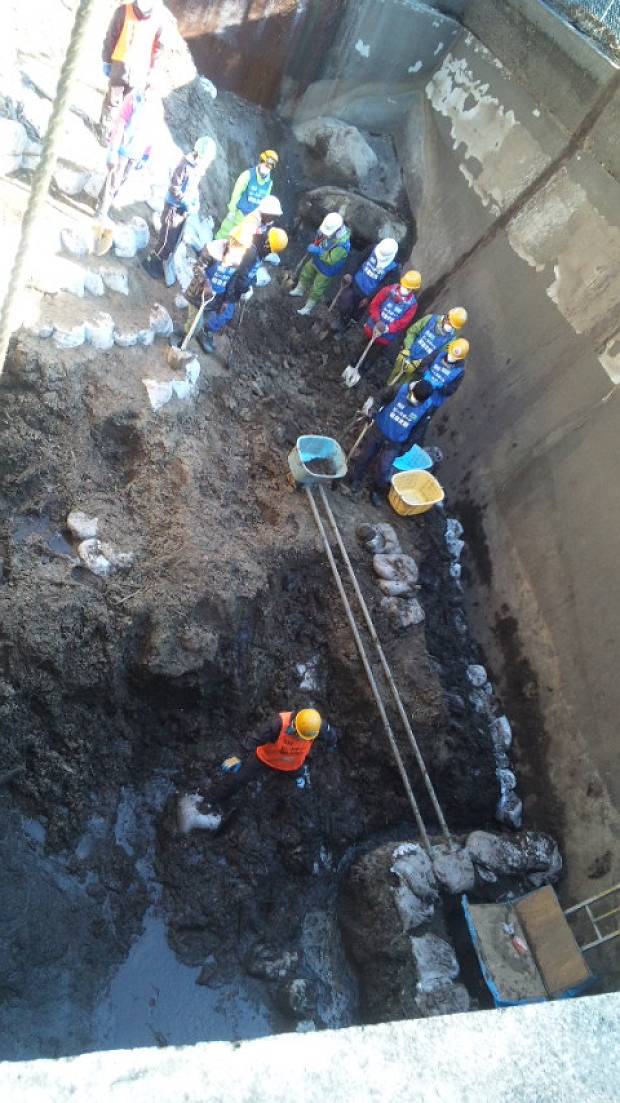
【 Day 2 】
Raking up fallen leaves on the deer mountain during the early morning activity before breakfast, according to the time schedule of the shrine. After breakfast, volunteers continued to remove dirt from the water tank.
There are many deer in Kinkasan. They are very friendly and come close sometime. There are also monkeys.
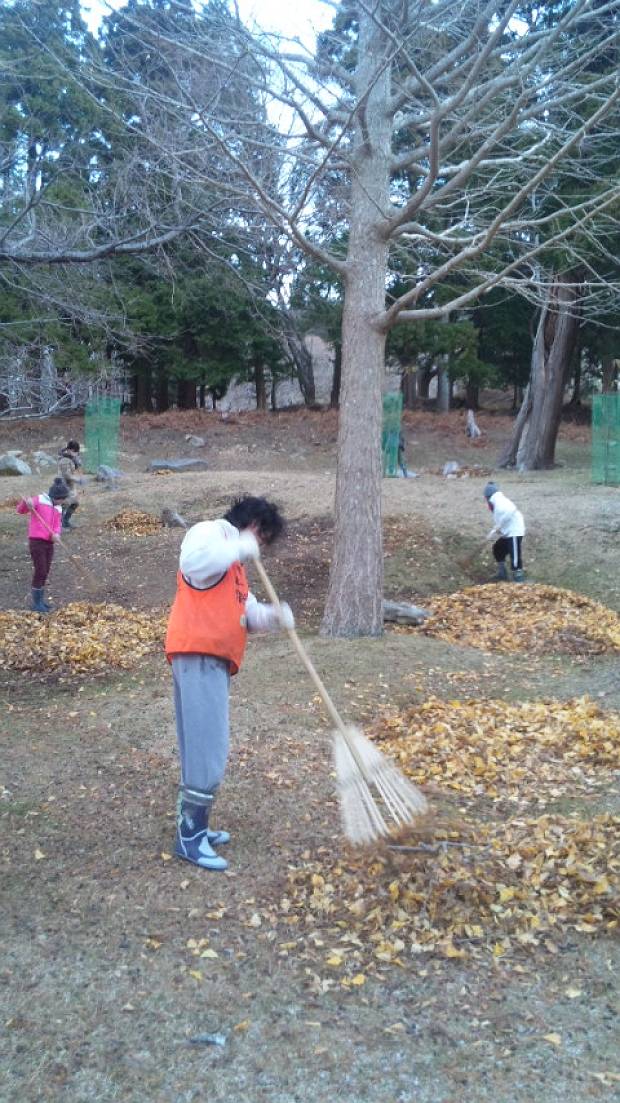
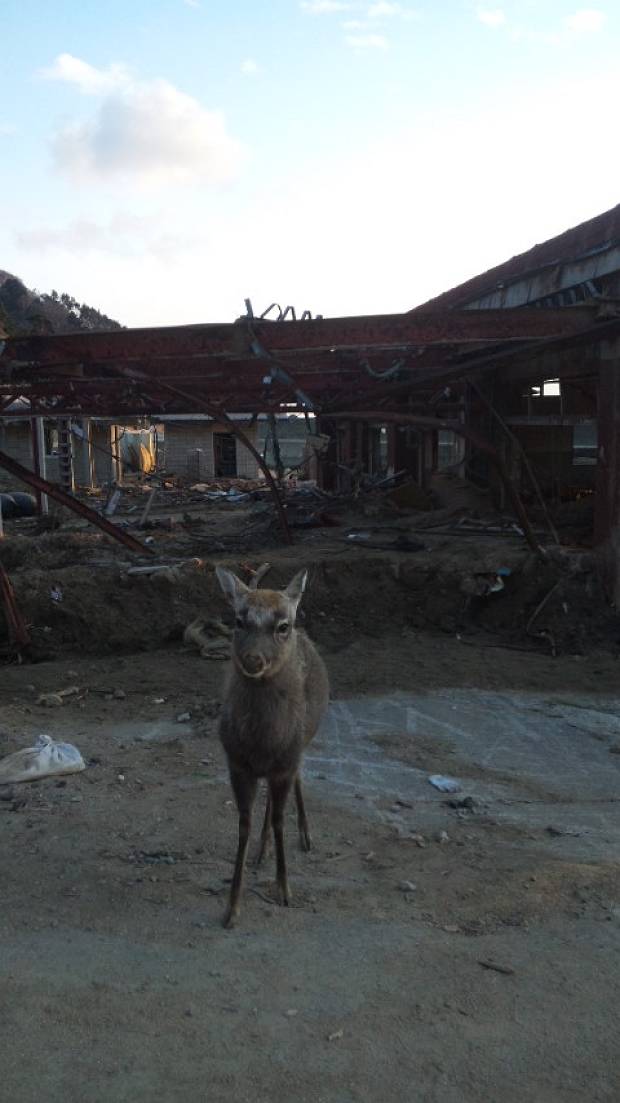
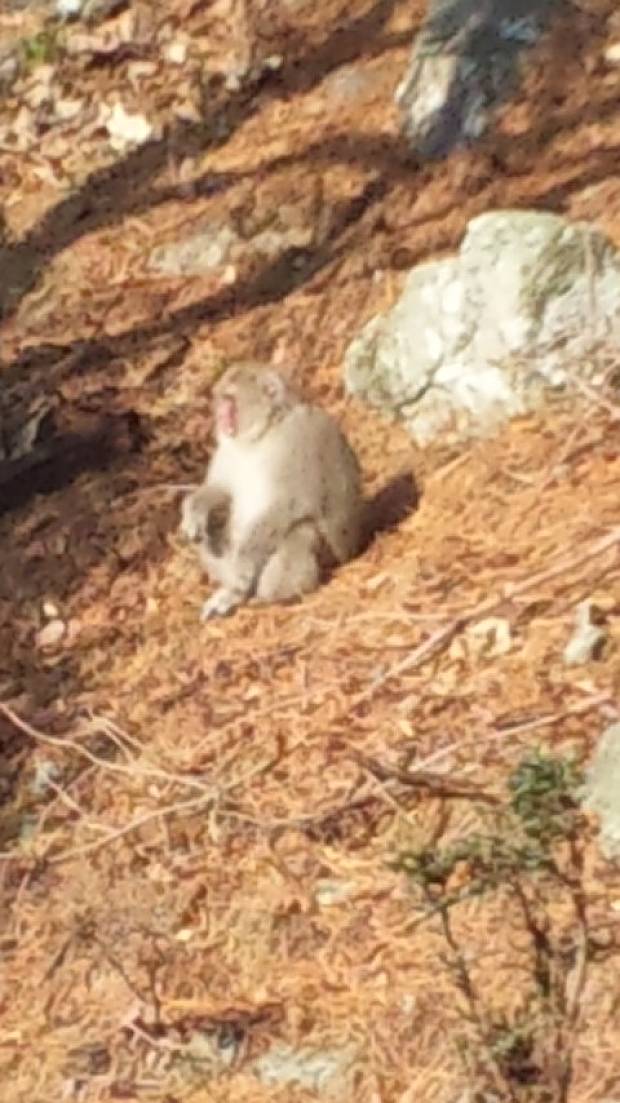
【 Day 3】
In the morning, we removed dirt from the souvenir shop. This place is going to be used as a space to rest. In the afternoon, we continued to remove dirt from the water tank.
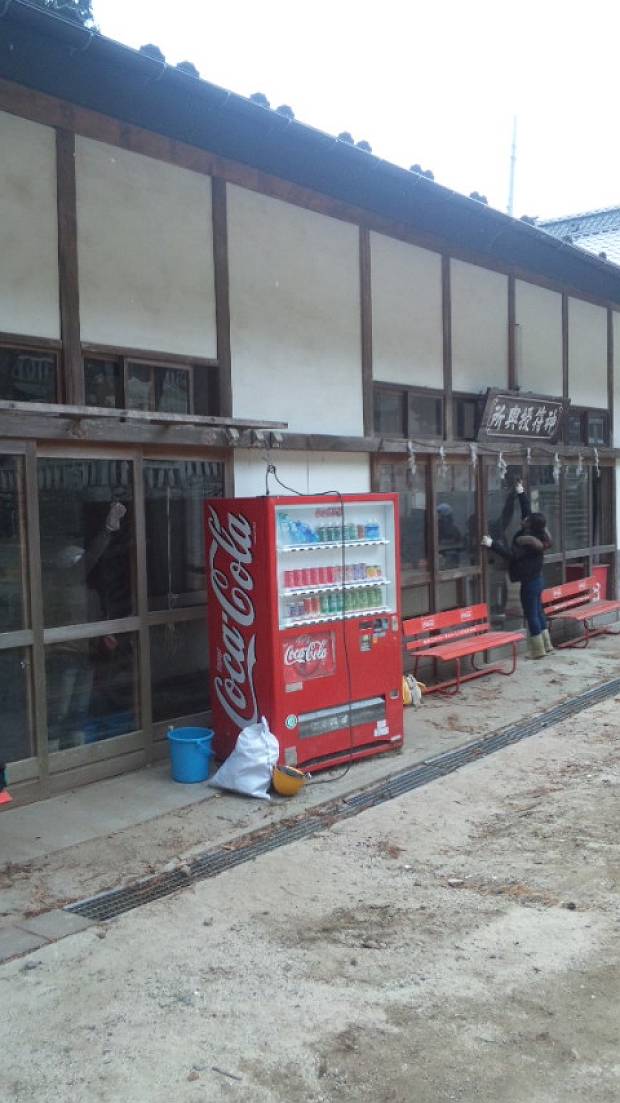
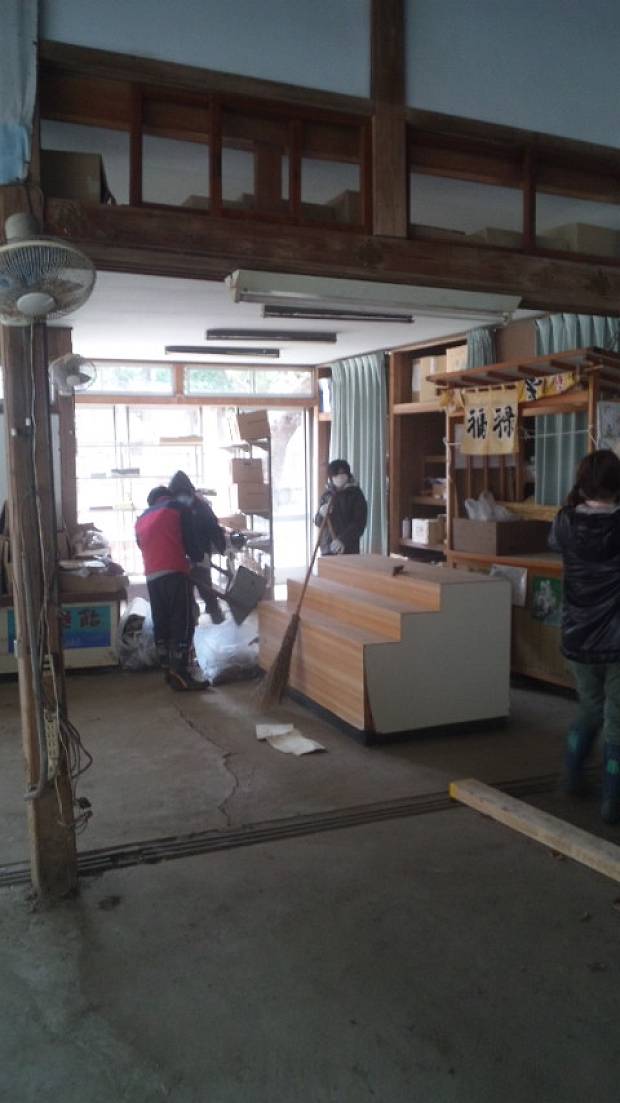
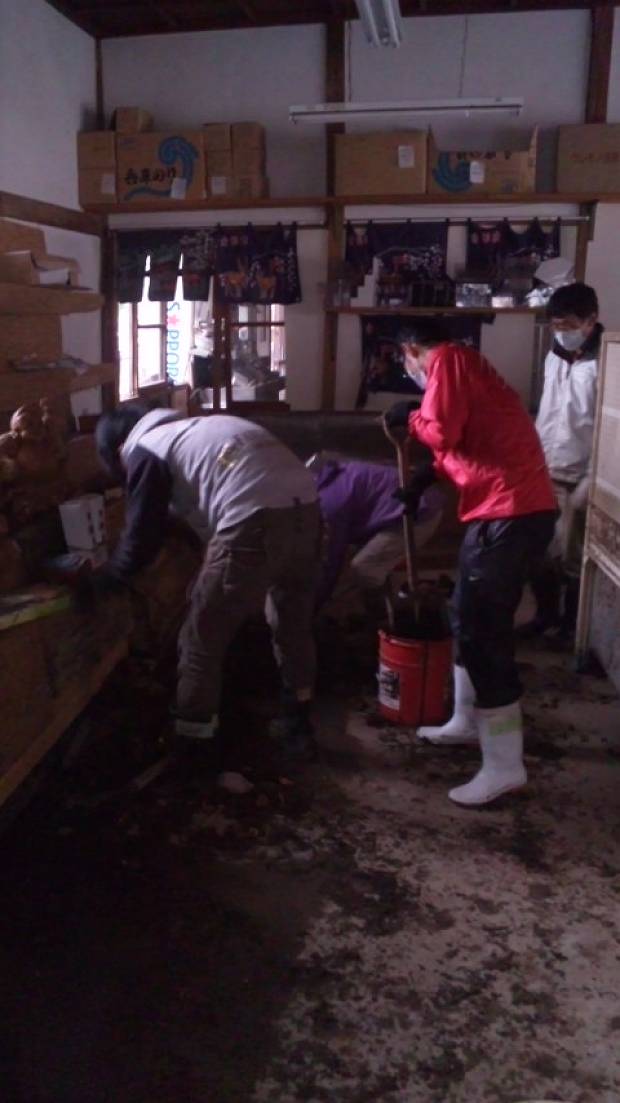
【 Day 4 】
Because the weather forecast said the sea was going to be rough from the next day, the schedule was cut short and volunteers left Kinkasan on this day. To ensure that visitors can visit the shrine safely, broken pieces of asphalt used to pave the approach were gathered. By covering the approach with gravel at the end, the clean up could be completed.
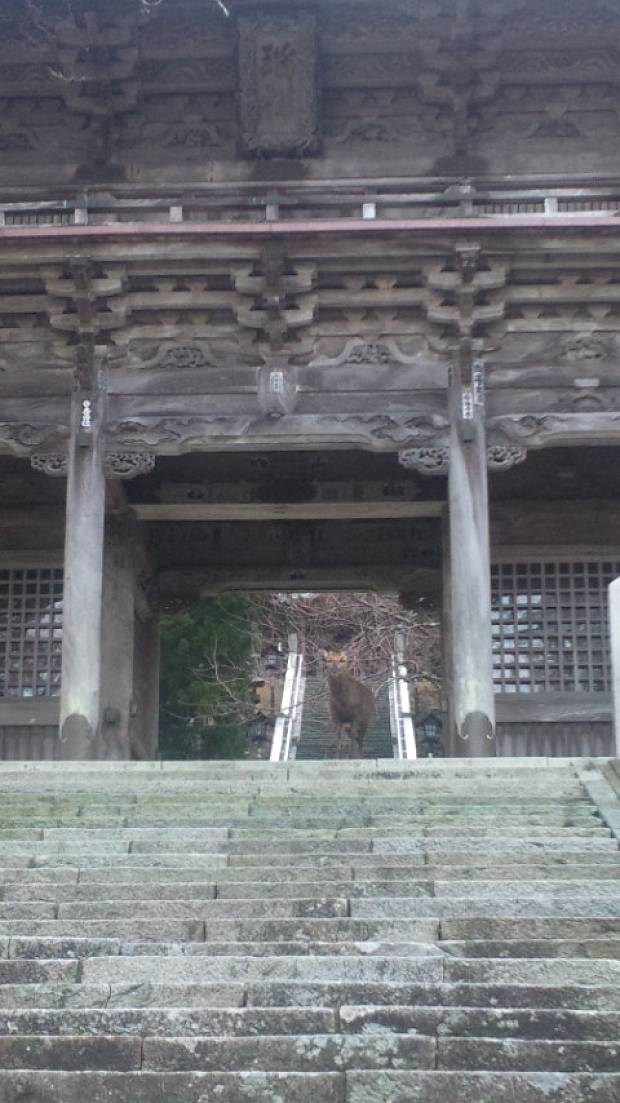
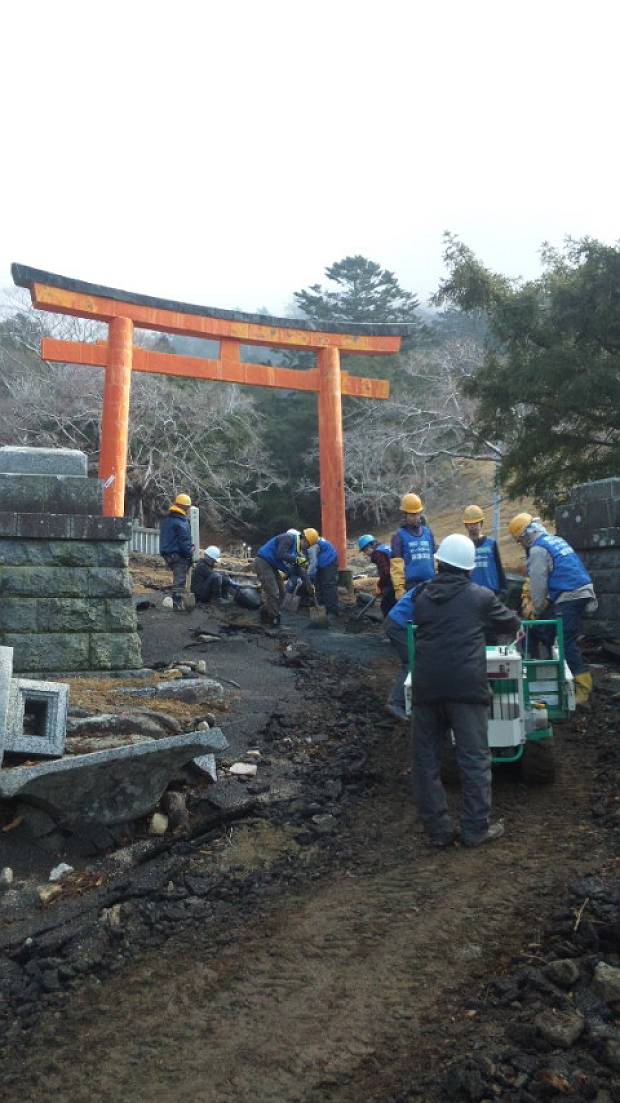
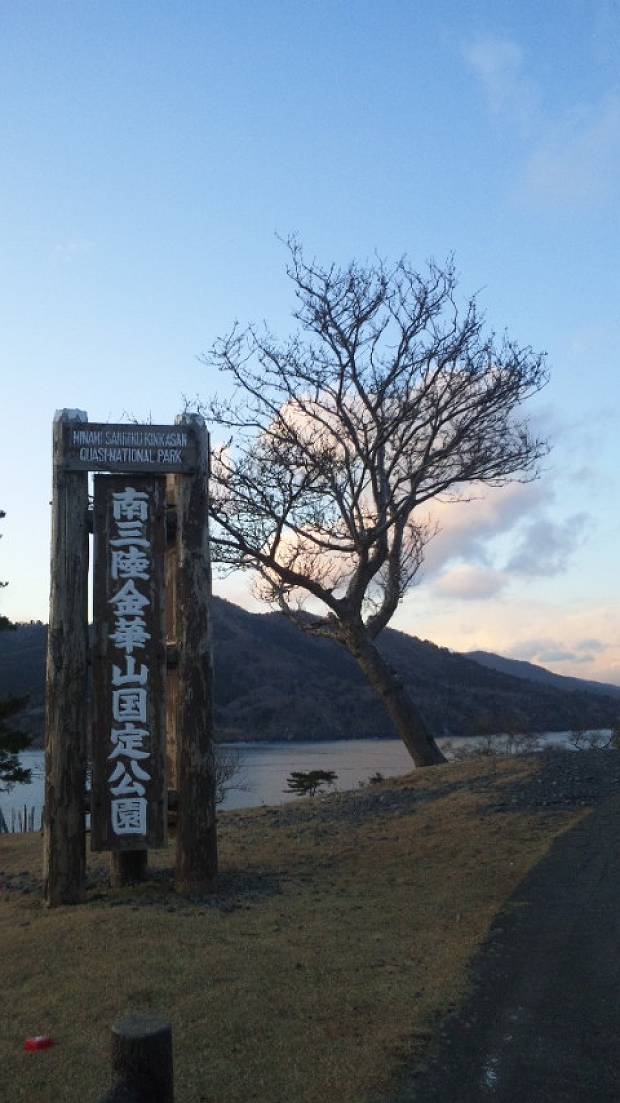
Through these field activities it became clear that there are many places with great nature and culture in Ishinomaki and the broader northeast Tohoku region, still unknown to many people.
As the local infrastructure for tourism has not yet fully recovered, including public transportation, the coastal area is perhaps still not the most convenient for sightseeing. Volunteers and others who wish to support recovery efforts are visiting larger cities such as Sendai and Morioka; as long as basic rules are followed the gathering of visitors from outside can play a great role in bringing energy and life back to the region. We hope that people will gradually begin to come back to the towns and villages on the tsunami-affected Pacific coast.
Photos: Peace Boat, Wikimedia Commons (GNU Free Documentation License)
TAGS: cleanup • debris removal • Disaster Relief • festival • IDRAC • Ishinomaki • Japan • Kinkasan • Oshika Peninsula • Peace Boat • peaceboat • Volunteer • volunteering • Volunteers


